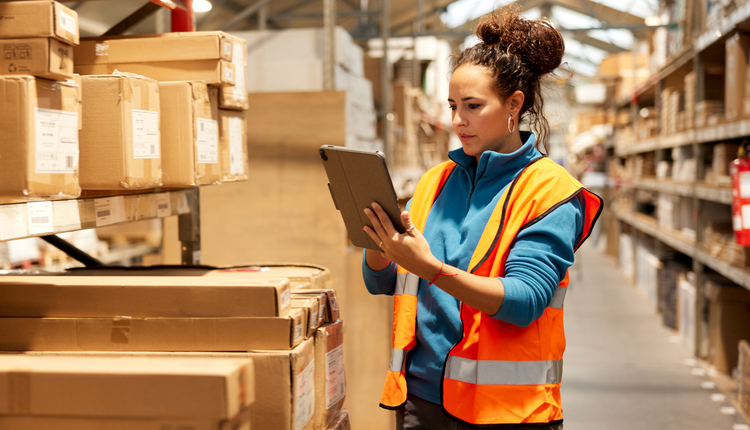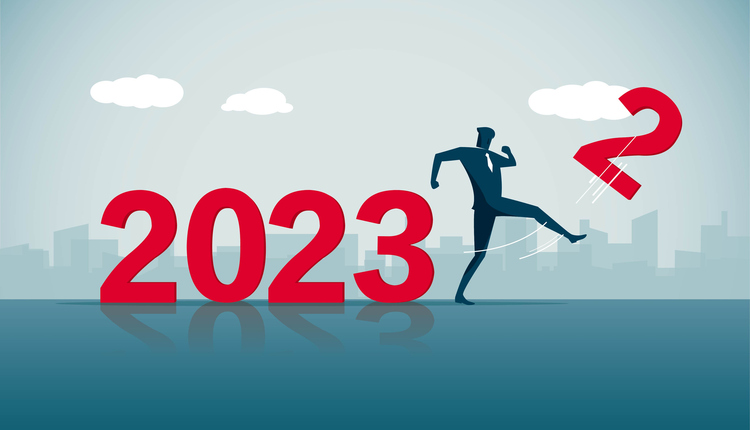There’s a lot of talk about how we are going to respond to the effects of COVID-19 in the supply chain and, more specifically, in the distribution center. Automation would reduce the “human element” and therefore reduce the possibility for spreading the virus in your facilities. So, what, where, and when do you look at automation?
Automation is definitely applicable and easy to justify in areas that require a lot of human touches and strenuous work. For instance, case stacking on pallets or pallet loading. Another area for justification and return of investment is the number of workers’ compensation claims on lifting and bending the heavy boxes. Sometimes you can justify a system with just a reduction of workers’ comp claims. Another area that fits well with automation is case pick modules, especially high-volume case picks. You’ll need other criteria like weight, size of boxes, throughput, etc. But it is an area that can be easily justified and applied. You can also look for high-volume areas where a lot of employees merge and congregate, areas that are accident prone or susceptible to workers’ comp claims, areas that are prone to mistakes and shipping areas, and areas that create a bottle neck causing the rest of the facility to have to slow down.
Once these areas are identified for possibilities, it’s time to think out of the box and determine the best solutions. Would full automation be a good solution or partial automation? It depends greatly on your specific operation and what you are trying to accomplish.
One of the biggest cautions of choosing an automation decision is the concern of not turning back. If the automated system goes down, you are down, kaput, out of commission. Therefore, reliability and the right fit for your organization is extremely important. Always have a contingency plan.
Determining the Right Path
First, determine the area where automation would best fit and give you some huge benefits. It might be order picking, palletizing at the dock, movement from area to area, or other areas that create bottle necks and slow the facility down. Next, determine all possible solutions. It is often beneficial to have a supply chain expert walk your facility and determine your needs and recommendations. At the same time, the consultant can point out some best practices that would increase your throughput and accuracy. However you determine the possibilities, it would then be beneficial to make a list of possible vendors of the chosen solution. If there are several vendors, it’s good to listen to each and get a budgetary price from all.
Remember, there may be different levels of automation that would do the same thing. For instance, you might have the options of a basic install of a palletizer, the next level with palletizer and conveyor monitoring automatic in and out, or a premium level with an entire mechanized system. Based on the budgetary numbers, you may think you can only justify the basic level, but that is when the vendors’ help becomes valuable. They are used to assisting customers with justifying systems. Just be sure to fact-check their information. If you don’t feel qualified to discern the appropriate system and put together the argument for purchase, a consultant or trusted advisor can assist with that effort.
Some things to remember! Start slow and work your way through the project. Don’t rush through it because that is usually where the problem occurs in installation. Also, make the vendor show you a site where the same solution is deployed in the same kind of workflow. It doesn’t have to be the same kind of company, but the same kind of workflow is important. Bring in your IT team to assist. Integration to any kind of automation is critical. Make sure you have a good contingency plan in case the system goes down. Start with the project that will give you the biggest return, that way subsequent projects will be easier to get approved and implemented. Lastly, never install an automation project during peak time. Above all, be sure. Automation is great, but only when you pick the right application for the right product from the right vendor!
Susan Rider, President, Rider & Associates, and Executive Life Coach, can be reached at susanrider@msn.com.
This article originally appeared in the November/December, 2020 issue of PARCEL.



















